Russian drones rain fire on Ukraine's defense lines
Sunday, September 15, 2024 19:00 PM (GMT+7)
The Russian military used drones to drop molten thermite to create a series of sparks on the Ukrainian defense line, previously Kiev forces also did the same.
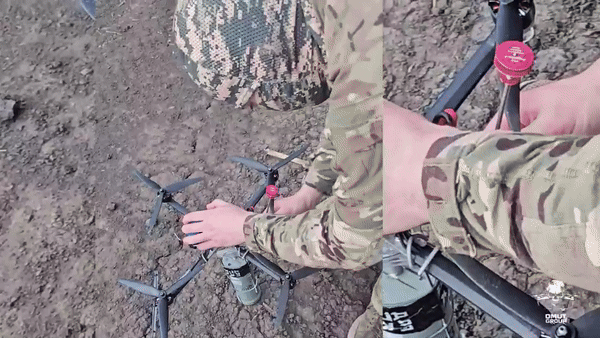
Russian military reporter Andrey Medvedev posted a video on September 12 of the country's military attaching a thermonuclear canister to a drone. According to TWZ, Kyiv Post.
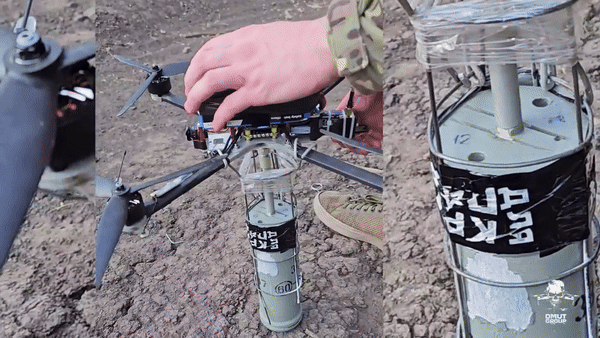
Then, the drone was launched towards the Ukrainian defense line in the tree line ahead to attack. Thus, Russia has joined the race of drones to spread thermite with Ukraine. According to TWZ, Kyiv Post.
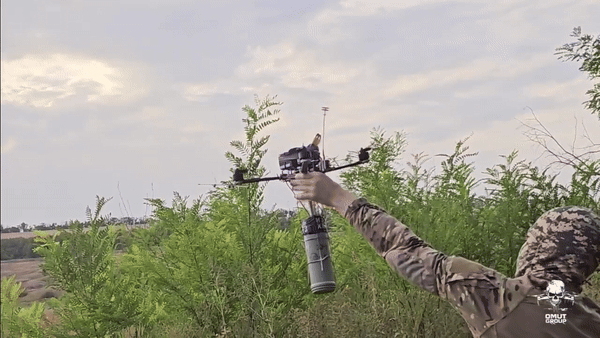
The incident comes about a week after the first videos showed Ukrainian UAVs dropping thermite on Russian military positions under tree lines and trenches, according to TWZ, Kyiv Post.
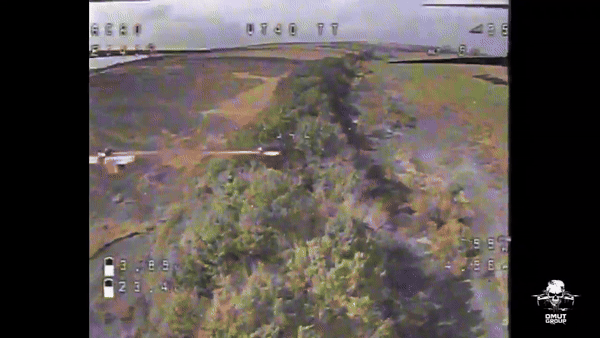
This is the first time Russian soldiers have been seen using a thermite drone, nicknamed the "fire dragon drone", to attack the enemy. According to TWZ, Kyiv Post.
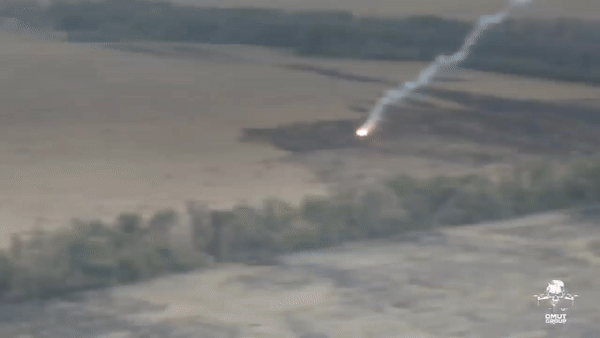
The Russian drones only produced sparks instead of large streams of fire like the Ukrainian equipment, apparently because the two sides used aircraft of different sizes and payloads. According to TWZ, Kyiv Post.
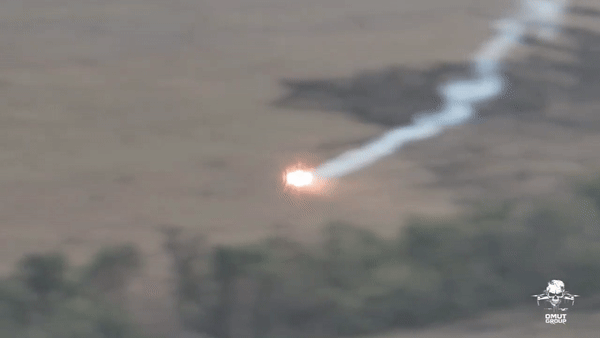
When burned, thermite, a mixture of iron powder and oxidized aluminum, can reach temperatures high enough to melt steel. Thermite is mainly used in grenades and artillery shells, burning at temperatures of more than 2,400 degrees Celsius, according to TWZ, Kyiv Post.
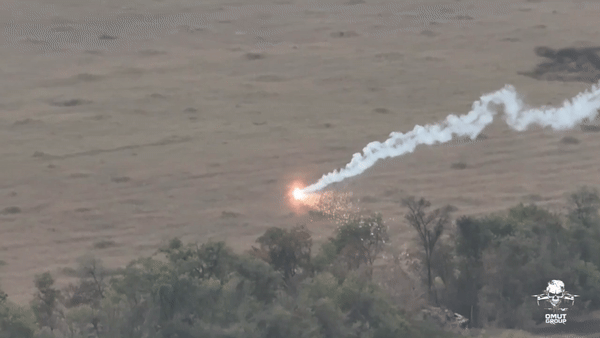
Drones equipped with thermite have powerful destructive capabilities because they ignite on contact, creating flames that can incinerate targets below. According to TWZ, Kyiv Post.
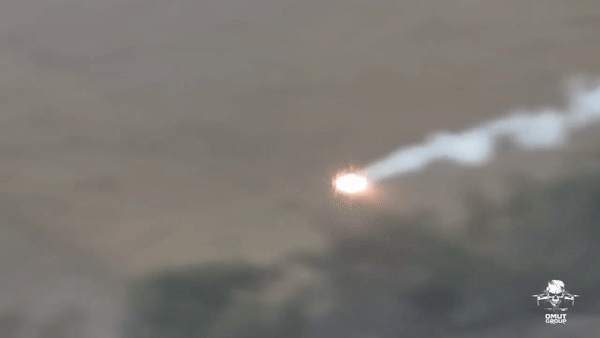
Thermite is considered less lethal than white phosphorus or napalm, according to TWZ, Kyiv Post.
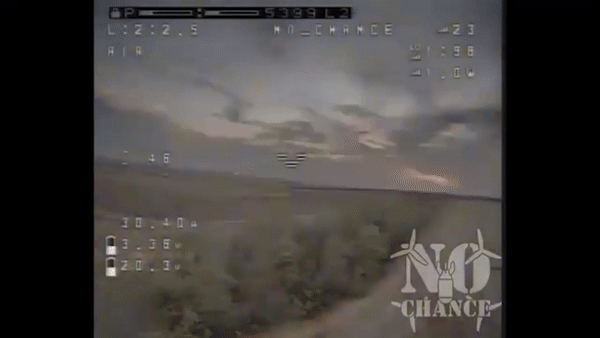
The fire dragon drone will spray molten metal from the thermite reaction as it flies, creating a rain of firepower. According to TWZ, Kyiv Post.
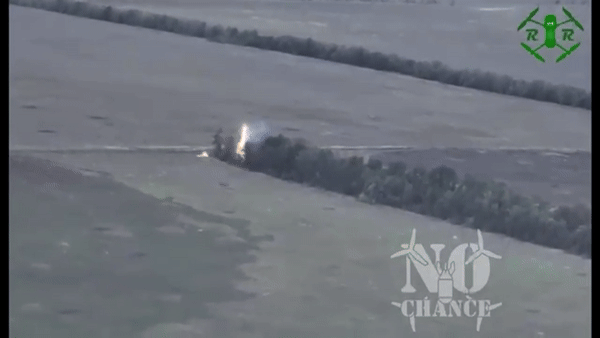
Soldiers in bunkers or wearing helmets and body armor are usually safe if they don’t look up, but thermite can cause fires below. The thermite reaction ignites flammable materials, especially in dry conditions, leading to small fires that can flare into larger ones, according to TWZ, Kyiv Post.

These fires and the resulting smoke could force enemy soldiers to abandon their positions, leaving them exposed and more vulnerable to destruction. Additionally, the difficulty of extinguishing thermite raises concerns about potential civilian casualties from this flammable reaction, according to TWZ, Kyiv Post.
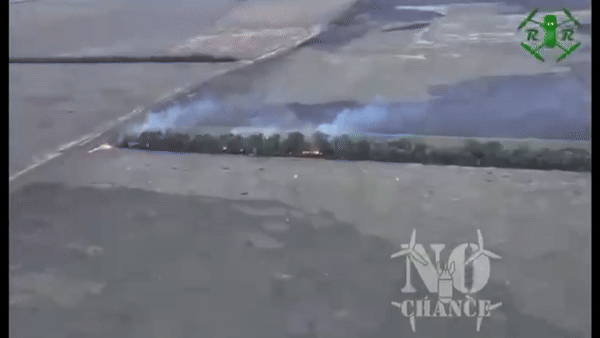
Therefore, thermite weapons are generally not recommended for use near populated areas due to the threat. In Ukraine, the terrain is dominated by vast fields often divided by narrow rows of trees, which serve as important defensive positions. According to TWZ, Kyiv Post.
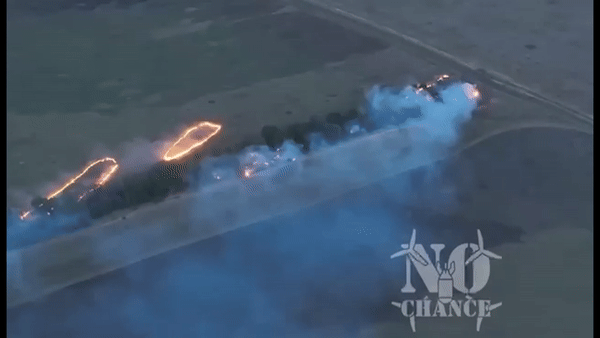
These trees provide much-needed cover in a sustained conflict, so using flamethrower drones could eliminate these obstacles. Both sides have used incendiary rounds in the Eastern European conflict. Russia has repeatedly used 9M22S incendiary rounds fired from BM-21 rocket launchers. Human Rights Watch (HRW) said in mid-2023 that Ukraine also carried out at least 82 attacks using incendiary weapons between February 2022 and April 2023. According to TWZ, Kyiv Post.
PV (according to ANTĐ)
Source: https://danviet.vn/drone-nga-rai-mua-lua-len-phong-tuyen-ukraine-2024091516591241.htm








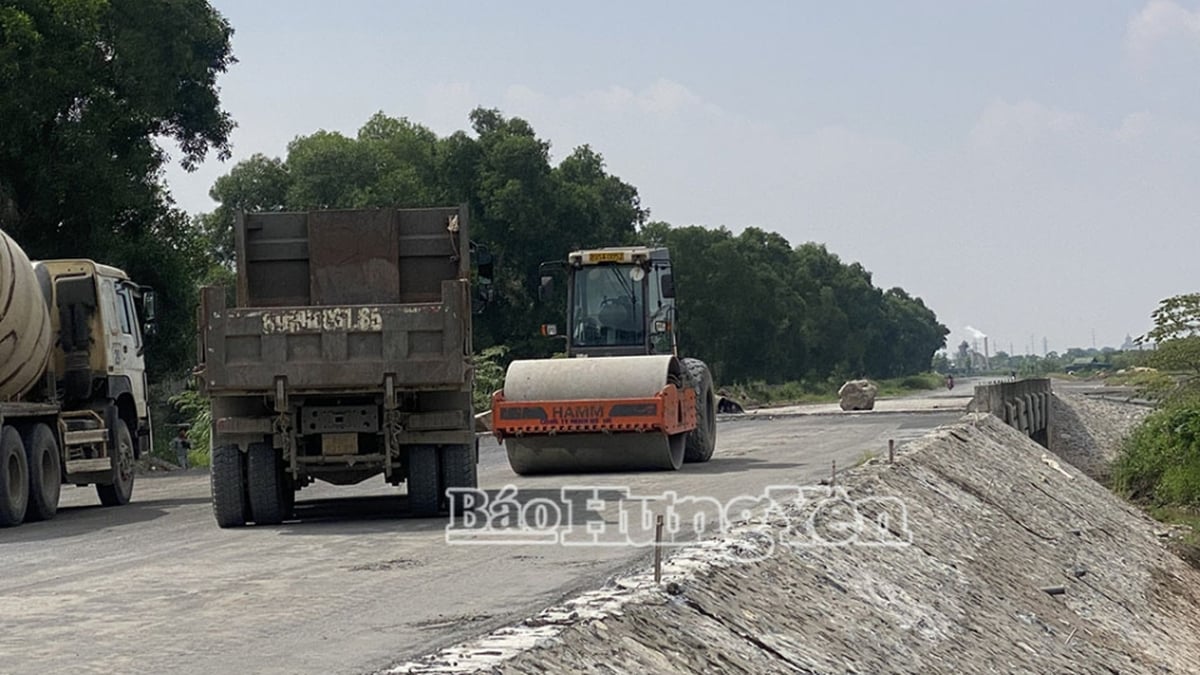


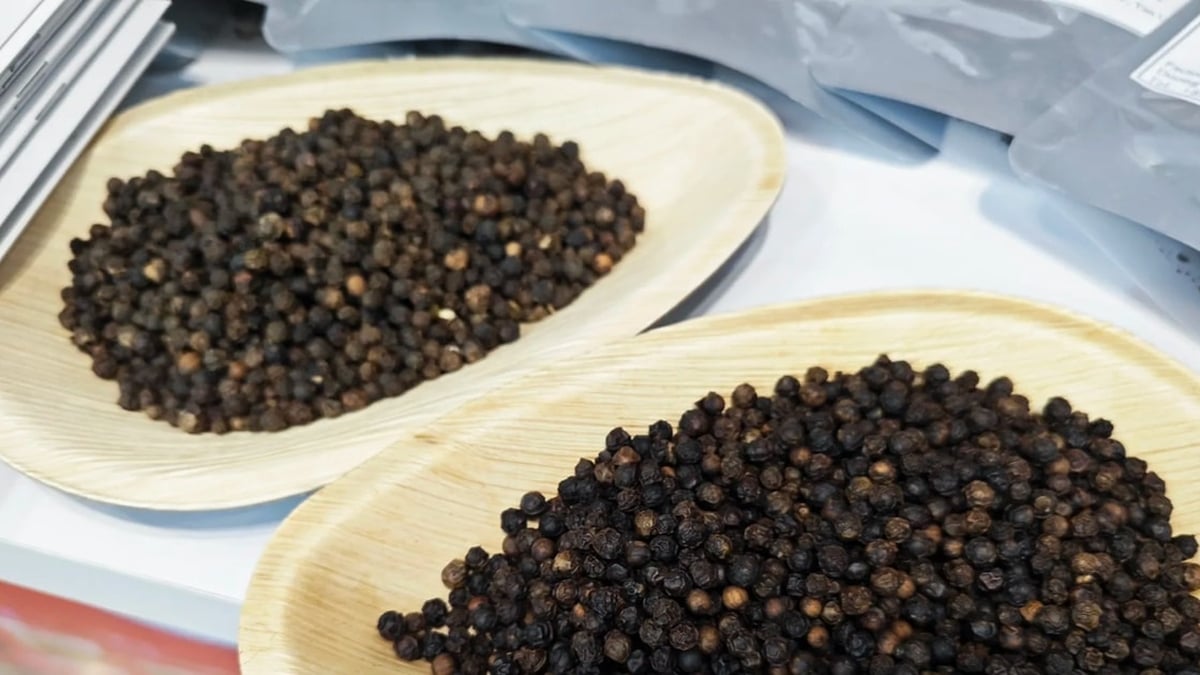



















































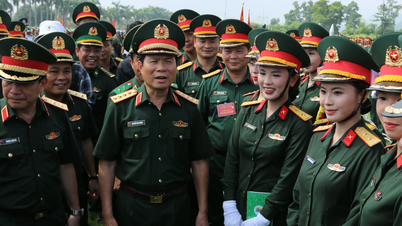

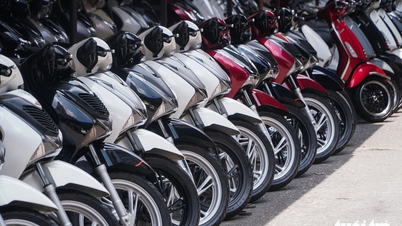

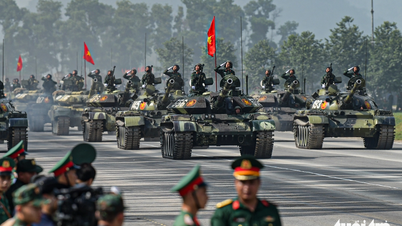
































Comment (0)